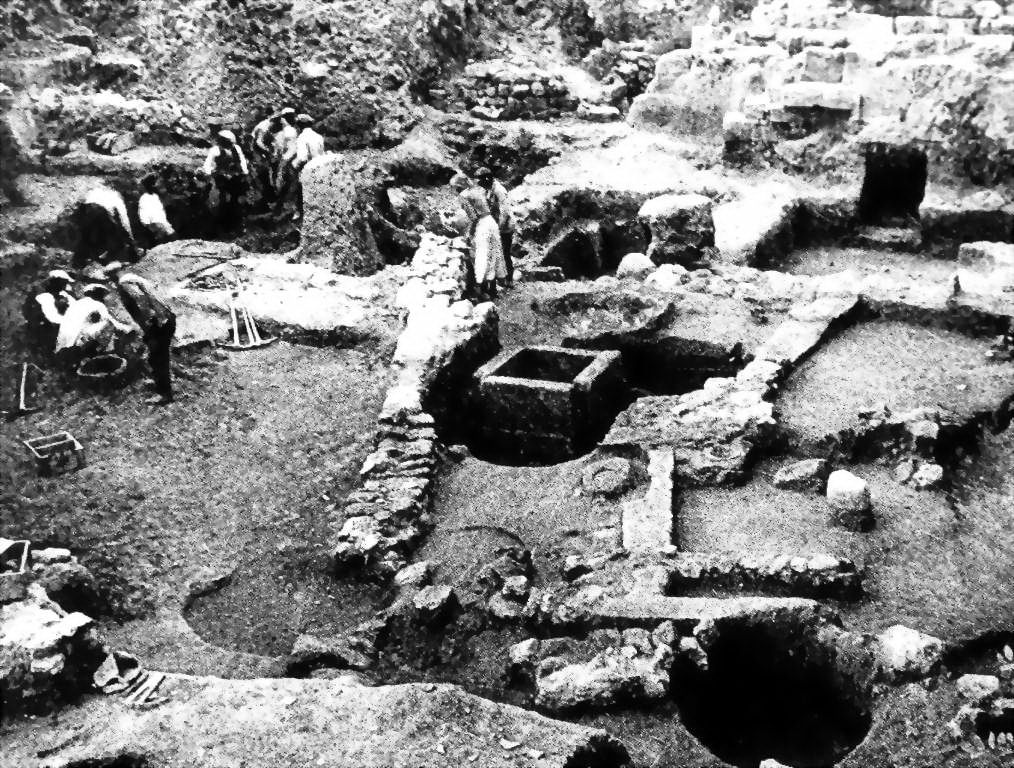



Gözlükule Mound, comprising of two different hills, has 300 m length and 22 m width. Archaeological excavations started in the mound in 1935, and revealed that uninterrupted settlement is available starting from the Early Neolithic Era until the Ottoman Empire era. Among archaeological pieces found in 33 culture layers detected, there are “Local Cilicia, Mesopotamia and Mycenae Ceramics, mud walls with stone foundations, houses and narrow streets from Early Bronze Age, layers from Late Bronze Age, findings from a large temple ruin showing characteristics of temples in Hattusa, Early Period Structure Complexes”. Archaeological findings indicate that mound layers (particularly the layer from Early Bronze Age to Hittite age) contain important details for Eastern Mediterranean, Cyprus and Egypt relations. A structure of Hittite Civilization within these layers is very important for confirming that “girder is used for the first time in Anatolia”. “Findings of bronze production and processing workshop, hieroglyph and cuneiform script stamps and caps, Cyprus originated ceramic vases, Assyrian tablets, oven-cooked stamps” are among spectacular pieces found in the mound.
View on Google Maps Back